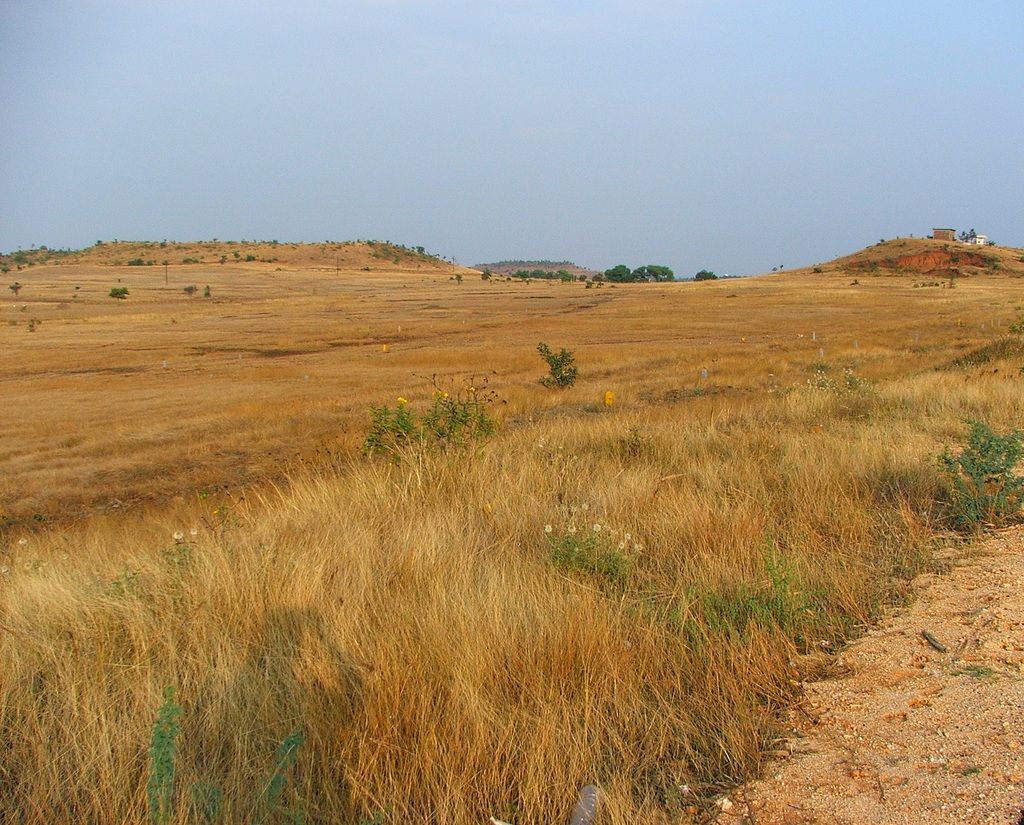Ten Distinct and Quirky Shrines Across Japan
Discover ten spectacular Shinto shrines in Japan that blend history, culture, and breathtaking views
Mao Goto, a Japanese freelancer based in Tokyo, shares her top picks for unique and unforgettable shrines dispersed across Japan's diverse landscapes. These distinctive places of worship enrich tourists' experiences by merging ancient tradition with modern artistry.
- Kawaguchi Asama Shrine (Yamanashi)
- Known as a sacred haven where history and nature blend harmoniously. Established to appease the eruption of Mt. Fuji, the shrine boasts an impressive 18-meter-tall grand torii gate.
- Motonosumi Shrine (Yamaguchi)
- Built in 1955 under divine guidance, the shrine offers a vast range of blessings. It features 123 torii gates along a 100-meter cliffside, attracting both domestic and international visitors with its spectacular display.
- Futami Okitama Shrine (Ise)
- A shimmering, romantic sanctuary that fosters love and mystery. Its stunning setting sun captivates those pursuing marital bliss. The husband and wife rocks, symbolizing the sacred power of matchmaking, held within the shrine grounds are a sight to behold.
- Sakurai Futamigaura (Fukuoka)
- With a commanding view at sunset, this sacred site in Fukuoka enshrines Sakurai Shrine. The husband and wife rocks, nestled together against the sunset, signify good luck for marriages and marital bliss.
- Takaya Shrine (Kagawa)
- Perched 404 meters above sea level, Takaya Shrine, also known as the "torii in the sky", offers a perspective-altering panoramic view of the Seto Inland Sea.
- Amano Iwato Shrine (Miyazaki)
- Surrounded by a mysterious deep forest, this shrine reveres Ama-no-Iwato, where Amaterasu went into hiding. The ancient ginkgo trees and the sacred ogatama tree evoke sacred energy and a sense of calm healing.
- Izumo Taisha (Shimane)
- Renowned for housing the god of marriage, Izumo Taisha symbolizes Izumo as "the land of the Gods" in Japanese mythology. Honoring the great god Okuninushi, this shrine exudes grandeur, with the world's largest shimenawa (large straw rope) on display.
- Oarai Isosaki Shrine (Ibaraki)
- Boasting a seemingly solemn atmosphere, the shrine's floating torii gate contrasts beautifully with the sea. Standing unyielding against the ocean's passing waves, it beckons visitors seeking a magical encounter.
- Udo Shrine (Miyazaki)
- Affectionately called "Udo-san" by locals, this special sanctuary shrouded in cape fog signifies harmony, childbirth, fishing, and navigation. With its stunning cave location, it beckons visitors seeking spiritual guidance and emotional healing.
- Kumano Nachi Taisha (Wakayama)
- Nestled in Wakayama's lush forests, this shrine functions as the head shrine of some 4,000 Kumano shrines. The Nametake Waterfall, one of Japan's most sacred waterfalls, resides near the shrine.
Welcome the mystical charm of Japan by exploring these 10 unique shrines and experiencing treasured bonding moments with loved ones or spiritual enlightenment on your own.
Consider booking a guided tour through our website to fully immerse yourself in Japan's culture and history during your visit. Explore the country's hidden gems with the help of knowledgeable English-speaking guides. Tag us on Instagram, Facebook, Twitter, or TikTok to share your adventures and get featured! Happy traveling!
- Enrichment Data:
Overall:Harmony between history and modernity characterizes Shinto shrines in Japan. Explore these unique and significant shrines for an immersive encounter with spirituality and cultural traditions:
- Kosaka Shrine (Kanazawa)
- Notable for its rare "Yongensha Nagare-zukuri" architectural style with a four-bay flowing-roof design. Its current main hall originated in the late 17th century.
- Utasu Jinja Shrine (Kanazawa)
- Symbolized by a rabbit and dragon pattern found on an old mirror, this shrine enshrines Utatsu. Originally built as a clan shrine for the Maeda family, it features a "Sasayu" water well with healing properties.
- Fushimi Inari Shrine (Kyoto)
- Famous for its 1,000 torii gates forming a tunnel up Mount Inari. This major pilgrimage site is associated with commercial success and prosperity.
- Tsurugaoka Hachimman-gu (Kanagawa)
- As the center of Kamakura's Shinto faith, this shrine houses Hachiman, the god of war and protection. Established during the late 11th century, it exemplifies the important role of Shirine architecture in Japanese history.
- Sagano Bamboo Forest (Kyoto)
- Originally designed as a Shinto shaden (shrine hall) for Matsunoo Taisha Shrine, the forest boasts a tall, bamboo forest with serene surroundings. Today, it provides a peaceful respite and popular photoshoot location for visitors.
- Mao Goto's recommended itinerary for cultural travel should include a visit to the Kosaka Shrine in Kanazawa, distinguished by its unique Yongensha Nagare-zukuri architectural style.
- For a historical exploration of shrines, the Utasu Jinja Shrine in Kanazawa is noteworthy, featuring a rabbit and dragon pattern and a Sasayu water well with healing properties.
- In Kyoto, the Fushimi Inari Shrine offers a captivating experience with its 1,000 torii gates for a picturesque journey up Mount Inari.
- Tsurugaoka Hachimman-gu in Kanagawa serves as the center of Kamakura's Shinto faith, emphasizing the profound role of shrine architecture in Japanese history.
- After exploring the iconic shrines, relax in the tranquil Sagano Bamboo Forest, originally designed as a Shinto shaden for Matsunoo Taisha Shrine. Home-and-garden enthusiasts will appreciate this serene location for its tall bamboo grove.






